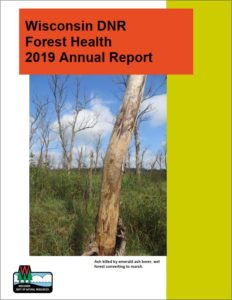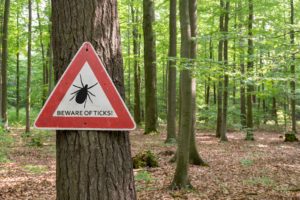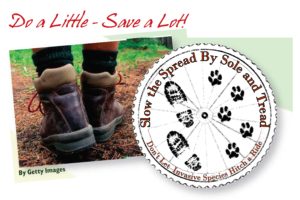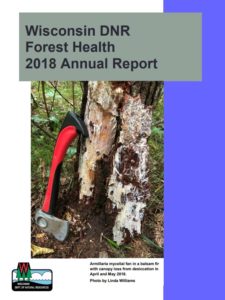Plants that are pokey, viney or spread quickly across the landscape sometimes seem alarming when you discover them in your backyard or woods or when they’re spotted along the highway. Wild cucumber has all these characteristics but is not as ominous as it seems.
Wild cucumber (Echinocystis lobata) is a vine native across the U.S. and found throughout Wisconsin. It has maple-like star-shaped leaves and has pale greenish-white flowers from July through September. A single plant is self-fertile but can also be pollinated by bees, wasps and flies. It produces a pod-like fruit with spikes resembling a cucumber which is unsafe to eat. Each pod produces four seeds that fall to the ground when the pod is ripe. The pods may persist into the winter and become thin brown shells.

Star-shaped leaves, pale flowers, and cucumber fruit of wild cucumber. Photo: Bugwood

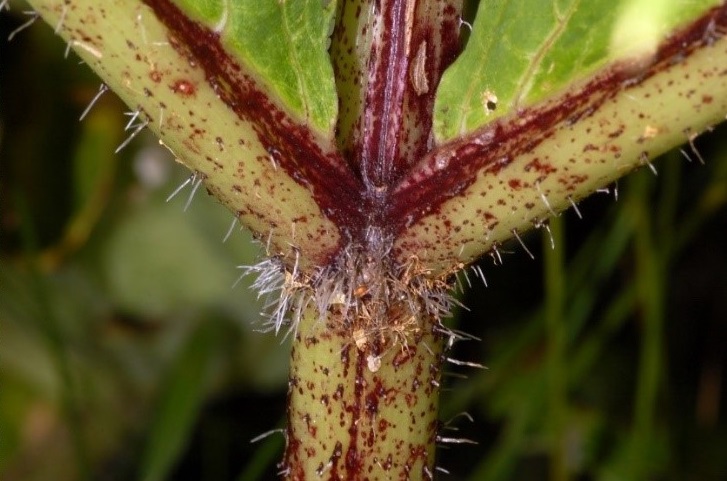
 The Wisconsin Department of Natural Resources’ Forest Health team recently completed the 2020 Forest Health Annual Report. The report summarizes impacts from pests, diseases and weather on the health of Wisconsin’s forests. Highlights from 2020 include:
The Wisconsin Department of Natural Resources’ Forest Health team recently completed the 2020 Forest Health Annual Report. The report summarizes impacts from pests, diseases and weather on the health of Wisconsin’s forests. Highlights from 2020 include: